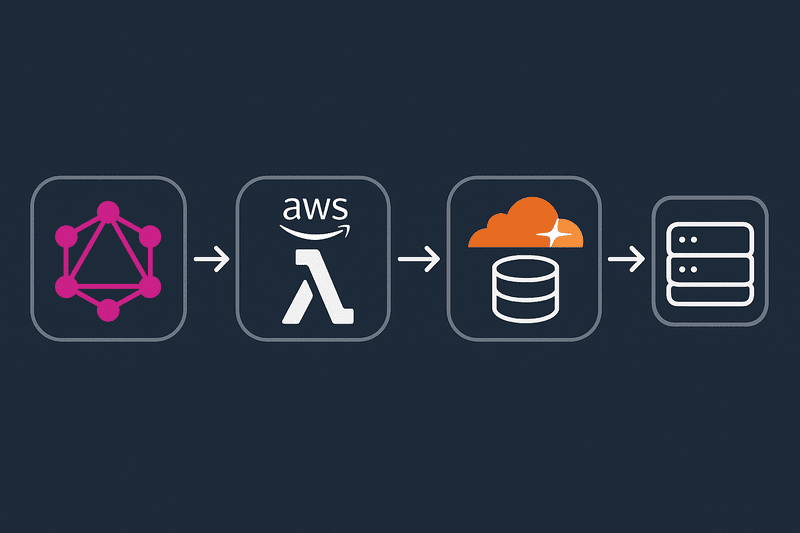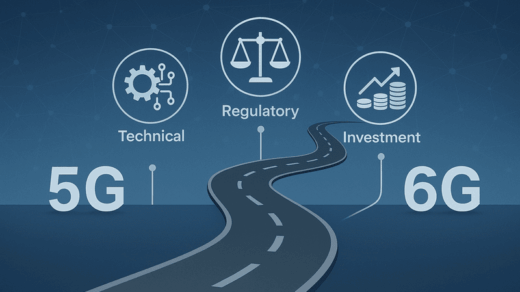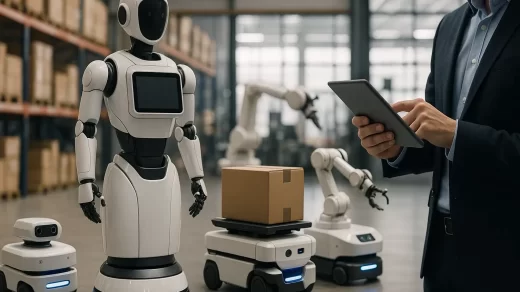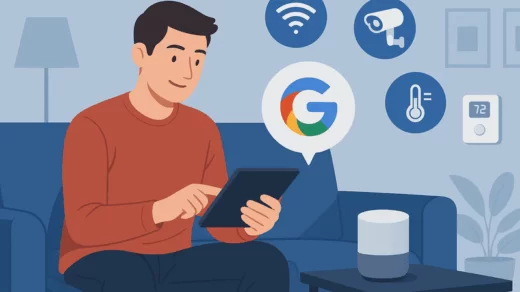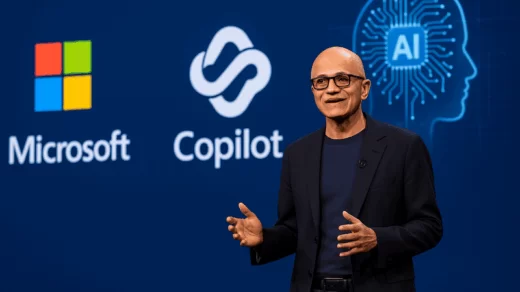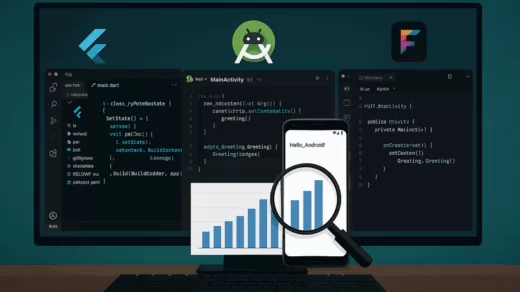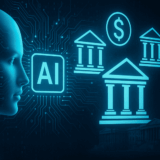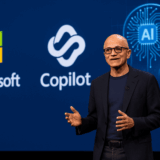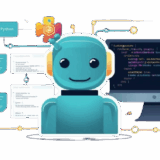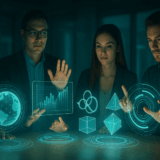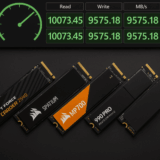Holographic Displays & True 3D Interfaces
Holographic displays and true 3D interfaces represent one of the most exciting frontiers in visual computing. By projecting or rendering images that occupy physical space, these technologies promise immersive experiences without the need for wearables like 3D glasses or headsets. In this article, we’ll explore the principles behind holographic and volumetric displays, survey current hardware implementations, discuss real-world applications, and provide guidance for developers interested in creating content for these next-generation interfaces.
1. Understanding the Basics of Holography and Volumetric Displays
1.1 What Is Holography?
Holography is a technique that records and reconstructs the light field of an object—capturing both amplitude and phase information—to produce a three-dimensional image. Traditional holography involves creating interference patterns on photographic plates or digital sensors, which, when illuminated appropriately, recreate the original light waves so viewers perceive depth and parallax.
- Key Concepts:
- Interference Pattern: Created by the superposition of reference and object beams during recording.
- Reconstruction Beam: Illuminates the interference pattern to generate the 3D image.
- Coherent Light Source: Typically lasers are used to ensure consistent phase relationships.
1.2 Volumetric Displays: True 3D in Physical Space
Volumetric (or truly 3D) displays differ from holograms in that they form images across a volume rather than on a surface. There are several approaches:
- Swept-Volume Displays: A 2D screen or projection surface moves rapidly (e.g., rotating LED array) while synchronizing image slices to create a 3D volume.
- Static Volume Displays: A stack of transparent layers or a block of light-scattering material (like a fog or polymer) is used to project images at discrete depths.
- Light Field Displays: Emit light at multiple angles from an array of micro-emitters to recreate the light field rays directly in free space.
By rendering slices at different depths or steering beams through specific angles, volumetric displays allow multiple viewers to see a 3D object without glasses, maintaining correct perspective as they move.
2. Current Hardware Implementations
2.1 Holographic Display Prototypes and Products
- Holoxica Technologies: Uses electro-holographic techniques to display full-color holograms at high frame rates. Their displays employ spatial light modulators (SLMs) to diffract laser light into complex 3D wavefronts.
- Looking Glass Factory: Offers desktop light-field displays that approximate holographic effects by stacking images that shift with head-tracking cameras. Although not true holograms, they provide a glasses-free 3D experience for small-scale applications.
- Microsoft HoloLens (Mixed Reality): While primarily an AR headset, HoloLens projects image planes overlaid on the real world rather than true free-space holography. It’s a stepping stone toward fully untethered holographic experiences.
2.2 Volumetric Display Systems
- Voxon Photonics VX1: A swept-volume display that uses a rotating LED panel enclosed in a cylindrical diffuser. It renders 3D objects by rapidly changing 2D slices synchronized with rotation.
- Light Field Lab’s ‘True Volume Display’: A static volume display that uses phased-array optics to emit light rays at precise angles, reconstructing a volumetric image in free space. It can produce realistic occlusion and motion parallax.
- Sony Spatial Reality Display: Employs eye-tracking and directional backlight to create a light field effect on a traditional LCD panel, giving a window-like 3D visualization dock.
2.3 Emerging Consumer-Scale Devices
- Looking Glass Portrait: A smaller, more affordable light-field display designed for portraits and small-scale 3D previews, leveraging similar principles to larger Looking Glass panels.
- Redway3D: A nascent startup developing a desktop holographic display that promises real-time video holograms in office environments.
3. Applications and Use Cases
3.1 Entertainment & Gaming
- Immersive Gaming: Imagine playing a chess game where pieces appear as 3D holograms on your coffee table, or action games where enemies pop out in front of you without a VR headset. Volumetric content can revolutionize user engagement.
- Concerts & Performances: Holographic performers (like virtual pop stars) can appear on stage, interacting with live musicians and audiences, as seen in prior holographic concerts featuring deceased artists.
3.2 Medical Visualization
- Surgical Planning: Surgeons can examine patient MRIs or CT scans as true 3D models floating in space, rotating and slicing through tissues to better plan complex procedures.
- Medical Education: Students can study anatomical structures with depth cues directly, interacting with organs or systems in 3D rather than flat 2D images.
3.3 Industrial Design & Prototyping
- CAD & 3D Modeling: Engineers can visualize and manipulate digital prototypes in free space, assessing form and fit without printing physical mockups.
- Remote Collaboration: Teams across locations can view the same 3D model in a shared holographic workspace, annotating and iterating together.
3.4 Education & Training
- STEM Learning: Chemistry students can observe molecular interactions in 3D, exploring bond angles and spatial configurations more intuitively.
- Vocational Training: Mechanics can practice disassembling and reassembling virtual engines in mixed reality settings, reducing costs and risk for complex training scenarios.
3.5 Retail & Marketing
- Product Demonstrations: Customers can interact with 3D holograms of products (furniture, cars, electronics), customizing colors and features before purchasing.
- Brand Experiences: Retail stores can deploy holographic kiosks to showcase product highlights, driving engagement and differentiating from competitors.
4. Developing Content for Holographic & 3D Displays
Creating for holographic or volumetric displays differs from standard 2D workflows. Below are key considerations:
4.1 3D Asset Creation
- Modeling: Use industry-standard 3D tools like Blender, Maya, or 3ds Max to create high-fidelity meshes. Ensure proper topology and optimize polygon counts for real-time rendering.
- Texturing: Textures should be PBR (Physically Based Rendering) compliant, with albedo, normal, metallic, and roughness maps. Depth cues and shading become critical when rendered in volumetric systems.
- Animation: For dynamic content, rig your models and animate within your 3D toolchain. Export in formats compatible with your rendering pipeline (e.g., glTF, FBX).
4.2 Rendering Pipelines
- Point Cloud vs Polygonal Rendering: Some volumetric displays expect point clouds (sets of 3D points with color information). Convert meshes to point clouds by sampling vertices or through specialized tools.
- Slice-Based Generation: For swept-volume displays, you need to generate cross-sectional slices (2D images) at evenly spaced depths. Many tools can bake a 3D scene into slice images (e.g., using custom scripts in Blender).
- Light Field Rendering: Light field displays require rendering multiple views from slightly shifted camera positions. Use a camera array setup in your 3D software to capture dozens (or hundreds) of viewpoints.
4.3 SDKs and APIs
- Looking Glass SDK: Provides Unity and Unreal Engine plugins to export content directly to Looking Glass devices. It handles light field rendering and depth maps under the hood.
- Voxon VX SDK: Offers C++ and Python APIs for loading 3D models, handling rotations, and synchronizing with the display hardware.
- Light Field Lab Developer Tools: Early-access SDKs that allow uploading volume definitions (voxels) and configuring spatial sampling rates.
- Open-Source Projects: Libraries like DepthKit (for volumetric capture) and Megapixel Hologram (for real-time hologram generation) can be found on GitHub repositories.
4.4 User Interaction & Input
- Gesture Recognition: Pair displays with cameras (like Intel RealSense or Azure Kinect) to detect hand gestures for manipulating 3D objects (rotate, scale, translate).
- Eye Tracking: Some displays (e.g., Sony Spatial Reality Display) include built-in eye trackers to render correct perspective views automatically as users move.
- Voice Commands: Integrate NLP systems to allow voice-driven commands, such as “rotate model 45 degrees” or “zoom in on this region.” Use frameworks like Google Speech-to-Text or OpenAI’s Whisper for speech processing.
5. Challenges and Future Directions
5.1 Technical Hurdles
- Resolution & Brightness: Many holographic and volumetric systems currently have lower resolution or brightness compared to traditional 2D displays, limiting fine detail and outdoor use.
- Computational Load: Rendering hundreds or thousands of views (for light field or slice-based approaches) demands significant GPU power, often requiring specialized hardware.
- Form Factor & Cost: High-end holographic systems remain expensive and bulky. Consumer-scale solutions are still in early development, though prices are gradually decreasing.
- Standardization: Lack of common file formats or APIs can hinder content portability. Efforts like OpenHolo and Khronos Group discussions aim to establish standards.
5.2 Research & Innovation Trends
- Photonic Waveguides: Research into ultra-thin, transparent waveguides could bring holographic projections directly onto glasses or contact lenses in the future.
- AI-Driven Rendering: Machine learning techniques (e.g., neural radiance fields or NeRFs) can optimize light field rendering by predicting view-dependent lighting and depth.
- Hybrid Systems: Combining AR headsets with volumetric displays to create mixed environments—physical holograms anchored in real-world spaces—could be the next step in immersive computing.
- Bio-Compatible Displays: Some research explores projecting 3D images onto retinas directly, potentially eliminating display hardware altogether and creating retinal holograms.
Resources & Further Reading
- Holoxica Technologies – Company site showcasing electro-holography research and products.
- Looking Glass Factory – Developer documentation for light-field displays and SDKs.
- Voxon Photonics – Resources for programming swept-volume displays.
- DepthKit – Open-source tools for volumetric capture and encoding.
- Neural Radiance Fields (NeRF) Papers – Dive into AI-based view synthesis and light field approaches.
Conclusion:
Holographic displays and true 3D interfaces are rapidly evolving, bridging the gap between digital and physical realms. While technical challenges remain around resolution, cost, and computational requirements, the potential applications—from healthcare and industrial design to gaming and education—are vast. By understanding the underlying principles, leveraging existing SDKs, and experimenting with cutting-edge hardware, developers and designers can start crafting the immersive experiences that will define the next era of computing.

